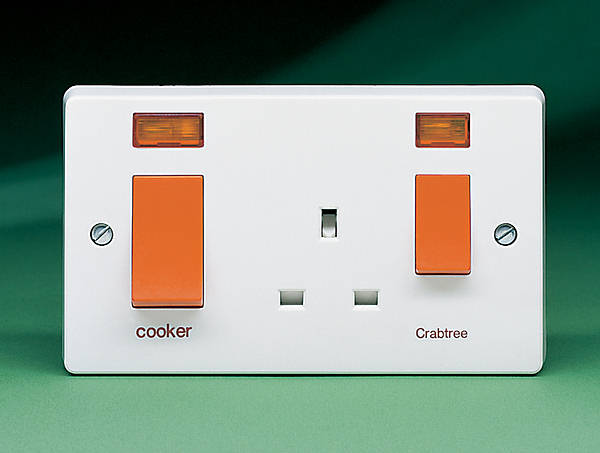I saw a reference that they have a life of 25,000 hours, which doesn't seem much. About 3 years if continually on (which they will be).
That corresponds roughly with my experiences.
Why don't they use LEDs now?
Interesting question. For a start, if one was just going to use an LED and a resistor, one would have to try to find an LED which could tolerate the ~325 peak reverse voltage during alternate half-cycles.
Even if one could find such an LED, I suspect that the main issue would be power consumption. As bernard has illustrated, the neons usually draw well under 1mA, whereas I doubt that you'd get enough light out of an LED with less than about 5mA, possibly more, particularly since they would only be conducting for half of the time.
The main problem, of course, is that LEDs are much lower voltage devices, with all the 'unused voltage' (much more with an LED than a neon) being used to waste energy in the resistor. If one assumes 90V across it, a neon with, say, 0.5mA going through it would be getting 45mW, with some 70mW wasted in the resistor. With, for example, 5mA through a 3V LED would put 15mW into the LED with about 1.13
W being wasted in the resistor. To get the same power into the LED as the neon (45mW) would require about 15mA, with about 3.4
W being wasted in the resistor.
Kind Regards, John



